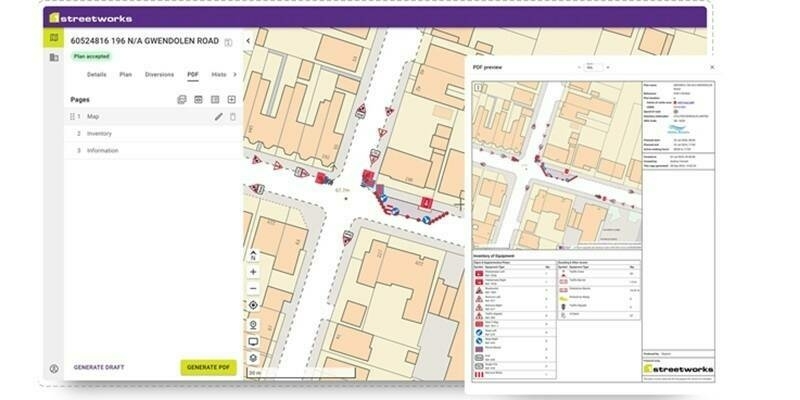Open Cosmos has successfully launched Phisat-2 (Φsat2)– a 6U CubeSat designed to showcase the power and potential of in-orbit AI for observing Earth.
The launch took place at Vandenberg Space Force Base in California onboard SpaceX's Falcon 9 as part of the Transporter-11 mission.
The tiny Phisat-2 satellite combines a multispectral camera with a powerful computer that allows AI apps to run onboard, via the NanoSat MO Framework (NMF). This framework has been developed specifically for small satellites and allows the apps to be installed, updated and operated remotely from Earth.
AI has already proved invaluable for helping scientists, policymakers and operators analyse terabytes of satellite data. Yet while most of this AI processing takes place on the ground, after the data has been downloaded, the Phisat-2 mission allows it to happen directly at source. Instead of downlinking reams of raw data, the onboard apps can process and transmit only the most essential information back to Earth, giving tangible benefits in data transmission efficiency and resulting in faster decision-making.
This will prove critical for disaster response efforts, maritime monitoring, environmental protection, cloud detection and more.
Subscribe to our newsletter
Stay updated on the latest technology, innovation product arrivals and exciting offers to your inbox.
Newsletter

